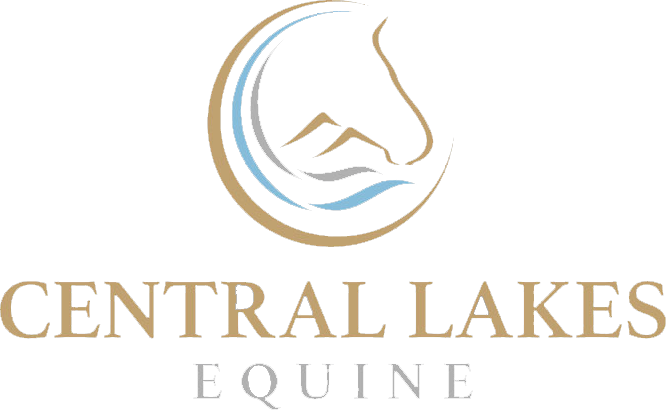Back pain can be a frustrating thing for horses, riders, and veterinarians! Clinical signs, while sometimes obvious, are often vague and misunderstood. For this reason we often see horses in the chronic stages of back pain, and treating this kind of discomfort can be tricky due to the nervous system’s response to chronic discomfort. This is why quick fixes such as time off, saddle/tack changes, and using common pain relieving medications are often unsuccessful. Once the nervous system becomes sensitized to the chronic pain messages being sent to the brain, those pain messages will continue even if the original cause for the pain is remedied. We call this ‘wind up pain’ or the ‘pain cycle’. Treatments therefore need to be focused on both addressing the primary issue if one is identified, and interrupting the pain cycle to stop those chronic messages.
Thankfully we have a few tools up our sleeves that do just that! One such tool is mesotherapy. Mesotherapy involves the use of tiny needles to inject medications into the mesoderm, a layer of the skin where many of these inappropriately firing nerves are found. The science behind mesotherapy suggests that these medications help ‘block’ the pain messages from travelling to the spinal cord, thereby interrupting the pain cycle. It’s a quick and easy procedure, and although it looks like a lot of needles, the needles are tiny and not terribly uncomfortable. The tiny bumps that result are the medication under the skin which resolve within a few hours. Mesotherapy is effective at addressing back pain due to old injuries, saddle issues, poor core development, mild forms of kissing spines (not requiring surgery), facet joint arthritis, muscle soreness etc. Mesotherapy alone won’t solve all the problems though. Once the horse is more comfortable an appropriate rehab program is a must to condition the topline and help prevent the discomfort from happening again. Questions about mesotherapy? Feel free to reach out to our team!
